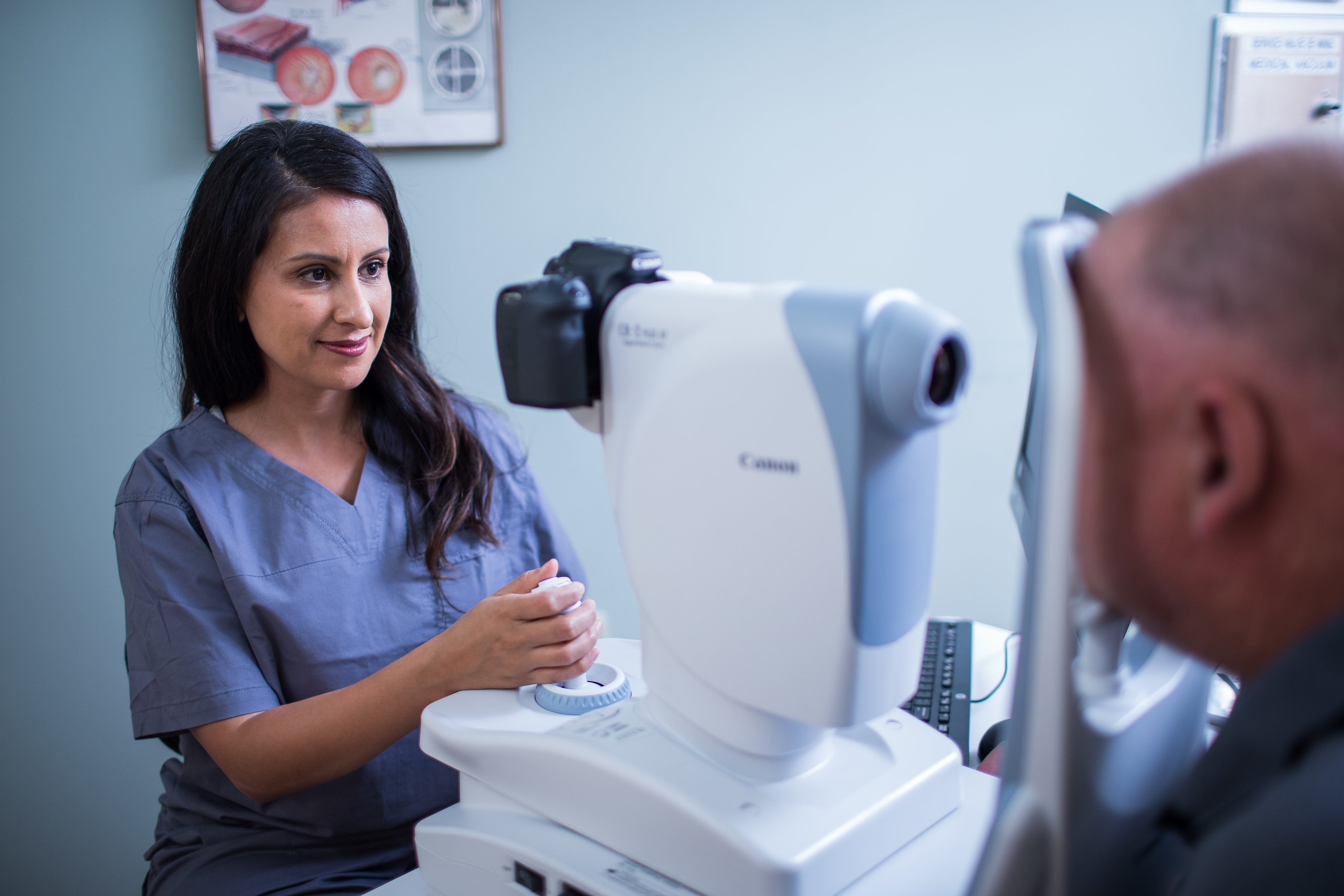Every Little Thing You Required to Learn About the most recent Developments in Glaucoma Therapy and Eyecare
In the world of ocular health, developments in the treatment and monitoring of glaucoma have been progressively evolving, leading the way for improved individual treatment and end results. From cutting-edge diagnostic tools that supply unmatched understandings right into the disease progression to cutting-edge medical strategies that promise higher precision and quicker healing times, the landscape of glaucoma therapy is undergoing a substantial change. With the emergence of novel medication therapies, telemedicine options enabling remote monitoring, and a change in the direction of personalized therapy methods customized to specific patients, the field of eyecare is witnessing a standard shift. Keep tuned to discover how these latest technologies are improving the strategy to glaucoma treatment and revolutionizing the future of ocular wellness.
Advanced Diagnostic Technologies
Advanced diagnostic modern technologies play a critical function in the early discovery and tracking of glaucoma, allowing for more efficient therapy and monitoring of the problem. Amongst these innovations, optical coherence tomography (OCT) sticks out as a non-invasive imaging strategy that offers comprehensive cross-sectional pictures of the retina, optic nerve head, and retinal nerve fiber layer. This high-resolution imaging helps clinicians examine architectural changes in the eye brought on by glaucoma, allowing them to intervene promptly.
Furthermore, aesthetic area screening, such as automated perimetry, is one more necessary diagnostic device for examining glaucoma-related vision loss - hearing service near me. This test measures the level of sensitivity of an individual's aesthetic field, helping to identify any locations of vision loss or distortion. By incorporating OCT imaging with visual area screening, health care providers can obtain an extensive understanding of the disease's development and tailor therapy prepares accordingly
Minimally Intrusive Procedure
In the world of glaucoma management, the focus changes towards minimally invasive operations as a proactive technique to resolve the progression of the condition following advanced analysis evaluations such as optical coherence tomography (OCT) and visual field screening. Minimally invasive glaucoma surgical procedures (MIGS) have actually gained appeal as a result of their effectiveness in lowering intraocular stress while lessening the threats and healing times linked with typical glaucoma surgeries. These procedures are usually executed through tiny lacerations, commonly in conjunction with cataract surgical treatment, making them less invasive and a lot more comfy for patients.
Some usual MIGS treatments include trabecular micro-bypass stents, which boost the outflow of aqueous humor, and micro-sized implants that improve drainage in the eye. In addition, laser treatments such as selective laser trabeculoplasty (SLT) offer a non-invasive choice for decreasing intraocular pressure. By incorporating these minimally intrusive strategies into glaucoma monitoring, ophthalmologists can offer people with reliable treatment options that focus on safety and security and fast healing, ultimately boosting long-lasting results for people with glaucoma.
Novel Medication Treatments
Arising medication therapies present appealing opportunities for improving the pharmacological administration of glaucoma, supplying cutting-edge strategies to deal with intraocular pressure control and illness development. One novel medication therapy that has amassed interest is Rho kinase inhibitors. These medications work by targeting the Rho kinase pathway, which contributes in managing the tone discover this of the trabecular meshwork, the eye's drain system. By hindering this path, Rho kinase inhibitors aid to enhance liquid wit discharge, therefore decreasing intraocular pressure.

Telemedicine and Remote Monitoring
With the development of novel drug treatments broadening the treatment landscape for glaucoma, the combination of telemedicine and remote monitoring arises as a crucial component in enhancing client care and condition monitoring. By utilizing telemedicine and remote surveillance, health care companies can enhance access to care, boost patient conformity, and detect possible issues early, leading to much better outcomes for individuals with glaucoma. Embracing telemedicine and remote tracking in glaucoma management represents a significant advancement in enhancing patient treatment and therapy effectiveness.
Personalized Therapy Strategies
Progressing beyond typical one-size-fits-all techniques, individualized therapy approaches tailored to individual client features are changing the management of glaucoma. By customizing therapy plans based upon variables such as age, condition severity, lifestyle, and other health and wellness conditions, ophthalmologists can improve and maximize end results person satisfaction.
Tailored treatment techniques in glaucoma entail a comprehensive evaluation of each patient's one-of-a-kind profile. This may consist of genetic screening to recognize specific threat variables, imaging strategies to examine structural changes in the eye, and functional examinations to assess aesthetic area loss. By integrating these personalized insights, doctor can develop targeted interventions that deal with the underlying reasons of glaucoma development for each and every person.
Additionally, advancements in innovation have allowed the development of personalized treatment choices such as minimally intrusive glaucoma surgical procedures (MIGS) tailored to the person's details requirements - retina service near me. These procedures provide efficient intraocular pressure control with less problems, improving the total high quality of take care of glaucoma people. Accepting tailored therapy strategies marks a significant standard change in glaucoma monitoring, emphasizing accuracy medication to provide customized services for better individual dig this results
Verdict
In final thought, the most recent technologies in glaucoma therapy and eyecare consist of progressed diagnostic innovations, minimally intrusive surgeries, unique medicine treatments, telemedicine and remote monitoring, and individualized treatment approaches. These improvements are check out this site reinventing the method we treat and diagnose glaucoma, using more individualized and effective options for clients. By remaining current with these growths, health care professionals can provide much better treatment and enhance results for people with glaucoma.

With the evolution of unique medication treatments increasing the treatment landscape for glaucoma, the combination of telemedicine and remote monitoring emerges as a crucial element in boosting patient care and condition administration. retina service near me. Embracing telemedicine and remote monitoring in glaucoma management represents a considerable advancement in optimizing individual treatment and treatment effectiveness
In final thought, the latest advancements in glaucoma treatment and eyecare consist of advanced diagnostic technologies, minimally invasive surgical treatments, novel drug therapies, telemedicine and remote surveillance, and customized therapy techniques.